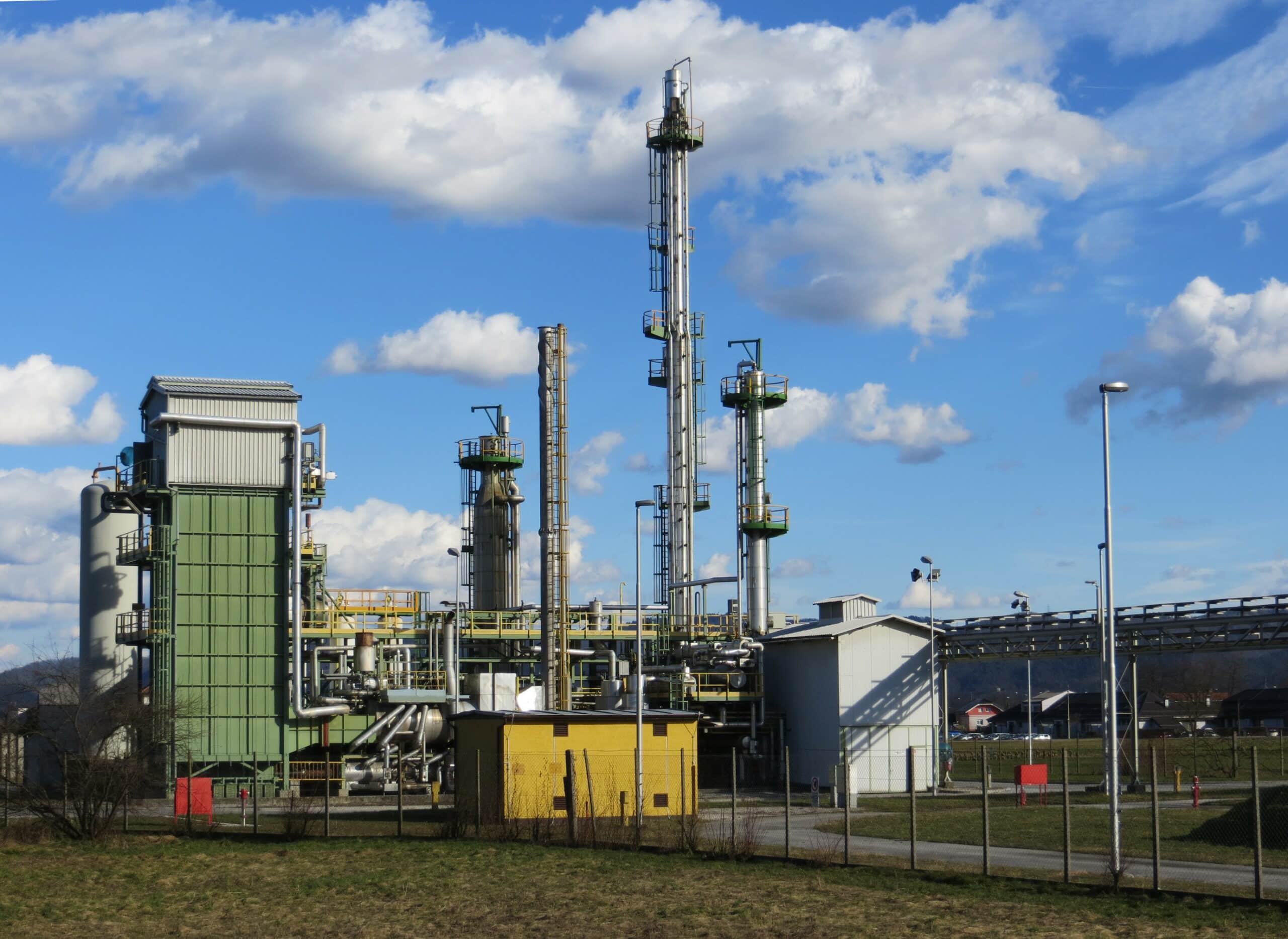 BBC News
BBC NewsBorrowing was £17.4bn last month, the second highest October figure since monthly records began in 1993.

Dinesh Dhamija
Within a few years, the gas that fuels your central heating could have changed to hydrogen, without you even realizing.
Further into the future, hydrogen could power everything from household electricity to fertilizer and industrial steel production.
According to a report from the US Geological Survey, there are billions of tonnes of untapped but accessible hydrogen beneath the earth’s surface, enough to supply the world’s needs for hundreds of years.
“A gold rush for hydrogen is coming,” said Mangli Zhang of the Colorado School of Mines at a conference in February this year. “Geologic hydrogen represents an extraordinary opportunity to produce clean hydrogen in a way that is not only low carbon, but also low land footprint, low water footprint and low energy consumption,” added Paul Harraka at energy start-up Koloma. Geologic hydrogen is simply extracted from the ground, in contrast to ‘blue’ hydrogen, made from natural gas, with carbon emissions captured, ‘grey’ hydrogen, without carbon capture, and ‘green’ hydrogen made from water using electrolysis from renewable energy sources.
Now that its potential for replacing fossil fuels is becoming clear – and the imperative to decarbonize has increased – hydrogen’s time has come. In a similar way that natural gas was once viewed as a useless byproduct of oil extraction, hydrogen exists in vast quantities, but has largely been ignored so far. In the central African country of Mali, a steady stream of hydrogen has jetted out of the ground in a village called Bourakébougou since 2012, providing their first electricity supply. At a chromite mine in Albania, an estimated 200 tonnes of hydrogen per year , researchers discovered earlier this year.
In Australia, the government plans its own version of Joe Biden’s clean energy subsidies to stimulate hydrogen production and transform its industrial base. One major energy developer, with backing from Danish and British energy firm, expects to begin commercial hydrogen production in 2025.
India and China have both announced ambitious hydrogen production developments, partly based – like Australia – on their ready access to solar energy, as a means of creating green hydrogen. In the UK, where sunshine is less abundant, plans for hydrogen plants have flared and dimmed, as doubts over government subsidies and relative costs compared with natural gas power have delayed investment. UK chemicals company Ineos, Indian-owned Essar Group and US company Phillips 66 have all published plans for hydrogen-based facilities but haven’t yet green-lighted them.
I’d say it’s only a matter of time before this revolution properly kicks in. The economics of creating clean fuel from water and sunlight, or extracting it from the ground, are compelling.
Dinesh Dhamija founded, built and sold online travel agency ebookers.com, before serving as a Member of the European Parliament. Since then, he created the largest solar PV and hydrogen businesses in Romania. His latest book is The Indian Century.